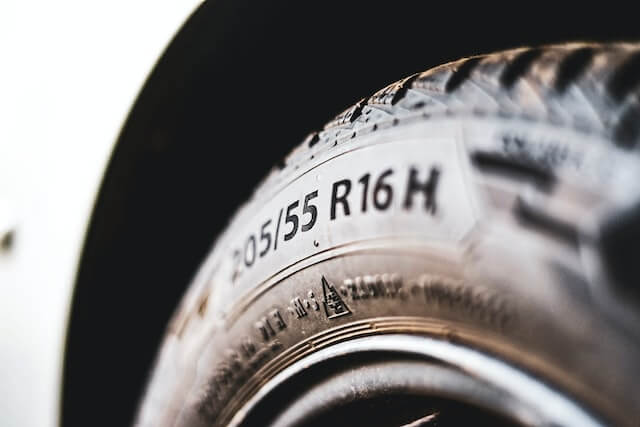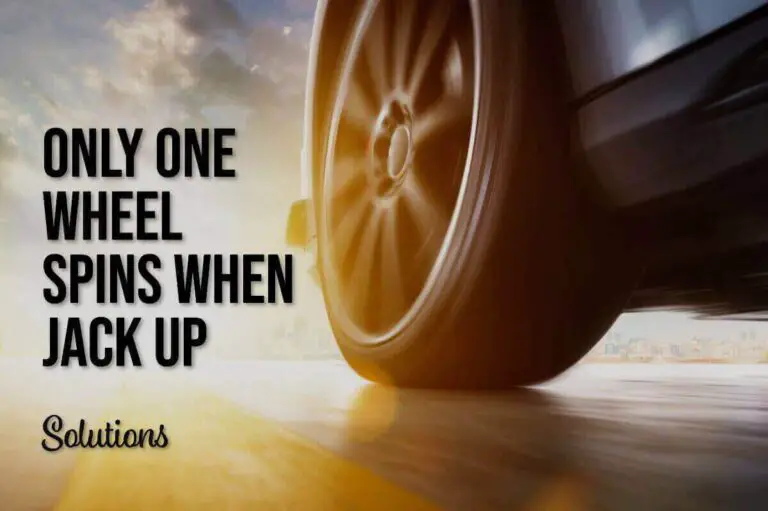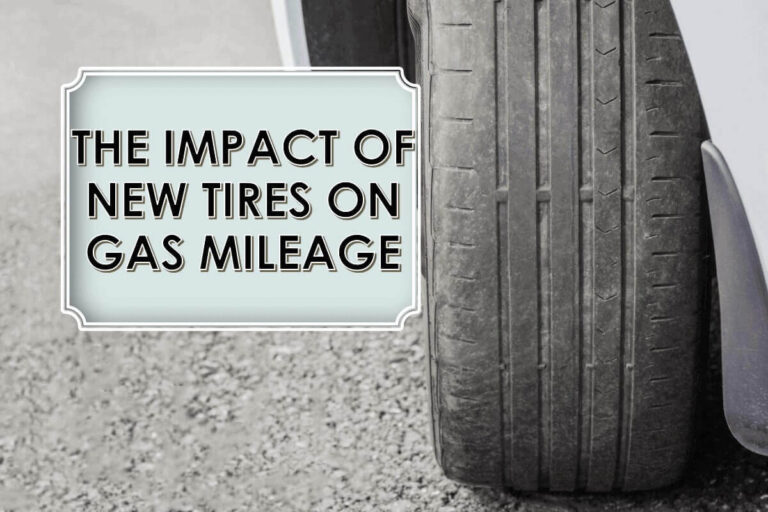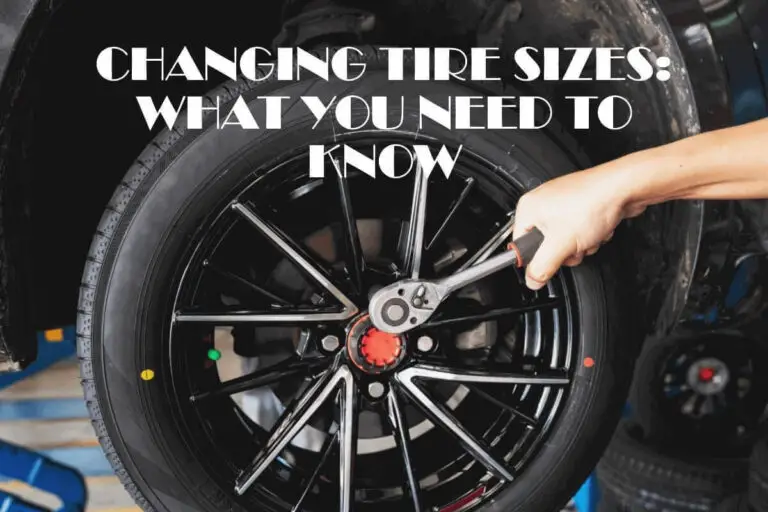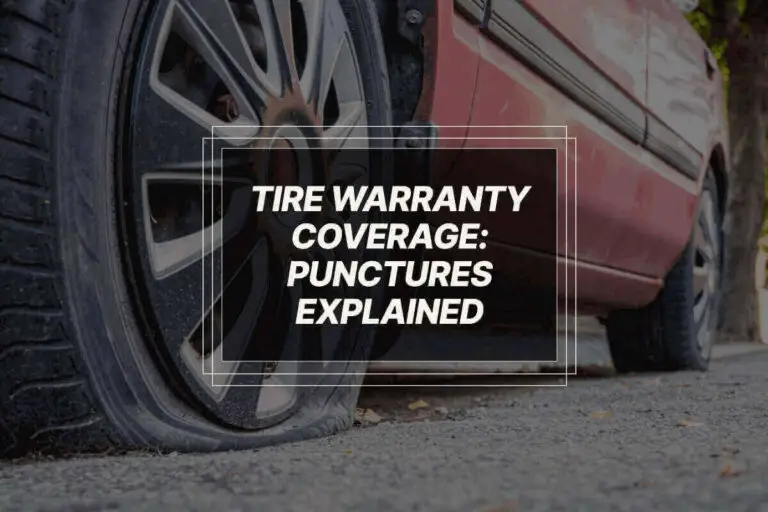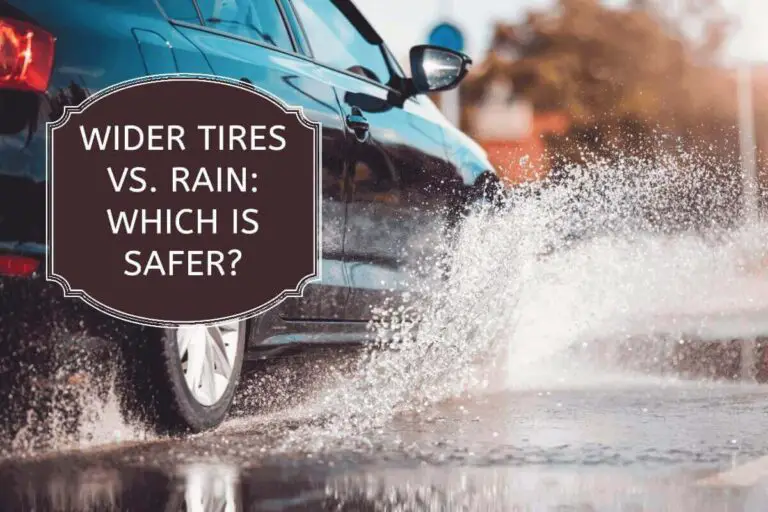Burnouts, be they intentional or accidental, can truly be a pain when you’re expecting a smooth landing and find yourself stuck in the middle of a road. That too is when one tire is inside a ditch while the other spins like it never stopped.
There’s no worse feeling than the feeling of impending doom when you think that you might have ultimately wrecked your car. Well, this would only happen if you don’t have the right functions installed to prevent such a tragedy from happening.
Why does only 1 tire spin during burnout?
Driving might seem like an easy task when you’re doing it on an open and smooth road but can certainly give you whiplash when you do it on a rough and muddy road. It’s easy sailing until you come across ditches and mucky trails.
During these times, you often experience burnout that leads to your car losing balance and equilibrium between its two tires. This is something that most of us can relate to. There are many factors that accompany such an occurrence. However, the most common one is open differential.
If you’re new to the world of vehicles, this term might not seem familiar and that’s fine. You wouldn’t expect every buyer to know how physics works while dealing with such situations. In these cases, you do one of two things.
Your research and find out all the situations that you can get into while driving or you slowly but surely start learning the beautiful mechanism of a vehicle which would be the wiser choice.
What is an open differential?
Before we dive into the complications that come with an open differential, let’s provide you with an insight into what we actually mean by differential. The differential is the amount of strength and power a tire possesses while taking a turn.
When a driver is taking a tricky turn, there’s a lot of physics involved. During a tight turn, the tire on the outer side of the circumference needs less power and speed while the inner one would have to exert twice as much speed and power.
The differential is the major cause behind the spinning of burnout. The open differential is pretty common in vehicles and provides 50% torque to each tire. This is fine when the car frequently drives through smooth trails but can become a headache when it goes through a dirty road.
During this time, both tires might get equal torque but would likely face disproportioned friction. In simple terms, one tire would get half the torque but twice the friction as the other tire.
For example, when mud gets stuck in one tire, it will certainly receive more friction and would eventually slow down. This would leave only the other to spin when you burnout.
What to do when only one tire spins during burnout?
Thankfully a lot of research has been done on these circumstances and can easily be taken care of through many different ways. When facing such an issue, there are three different functions that you can choose from.
The first is the locked differential. Locked differential is when the torque distribution is the same along with the speed as well. However, this means that the tire on the outer side of the curve would lag and drag as it would need more speed to keep up.
It might not be favorable for curves but during burnout when one tire is spinning free while the other gets more friction, a 100% torque is provided to the one stuck.
Another is limited slip differential (LSD). This function makes sure that more power is given to the slipping wheel while the other gets a sustainable amount of power until they’re both stable enough to spin at the same speed. This function provides more control to the driver and immediately solves the problem of one tire spinning by providing equal power to both of them.
Lastly, we have positraction differential. It is somewhat similar to LSD and has the technology to detect the problem and divide the power and torque to the wheels accordingly. When you install this function in your car, your wheels will spin at an equal speed during burnout.
Can burnout damage your car?
If you’re living in an area where there are muddy trails and bumpy roads, you’ll be more likely to face burnout. When something like this happens, it usually takes a toll on the car.
The most affected part of the car is the engine. If your car experiences burnout for a long period of time then it can truly overheat the engine and damage its parts.
Burnouts can put a lot of strain on cars with manual transmissions. The clutch, the transmission’s gears, and its bearings are put under stress when the engine is revved up and the clutch is quickly released.
This can evidently cause the pressure plate and clutch to detach. If your car experiences burnouts more frequently then eventually most of the parts would definitely get damaged by it.
Be sure to take your car for servicing every once in a while as it might need more care than you might have expected it to. It’s important to make sure all of the essential driving parts are working in order as even a single one getting damaged can jeopardize your safety. It all comes down to your safety!
Conclusion
To conclude, there are many reasons for the spinning of 1 tire during burnout but an open differential is the most common one so far. There are many differential functions that you can install to receive the best service depending on how well your car works under their care.
Research and find which one would work best for your car and install that function accordingly. Burnout can do more damage than good and should be prevented at all costs.
Hopefully, this article provides you with enough information to find the best possible solution for only 1 tire spinning during burnout.

